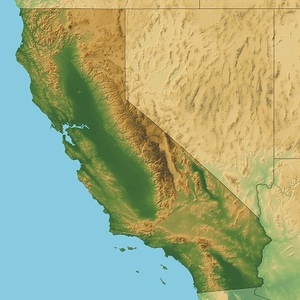Biodiesel, renewable diesel reduce emissions in California

October 28, 2022
BY Clean Fuels Alliance America
Today, Clean Fuels Alliance America hailed California’s Greenhouse Gas Inventory for 2020, which reported a 16 percent decrease in transportation carbon emissions due in part to increasing use of biodiesel and renewable diesel. The state’s analysis notes that the percentage of biodiesel and renewable diesel in the total diesel pool grew from 0.4 percent in 2011 to 20.8 percent in 2020 through the Low Carbon Fuel Standard. According to California Air Resources Board data, biodiesel and renewable diesel generated 44 percent of the LCFS credits in 2020.
“As California aims to continue its progress in reducing carbon emissions, it is relying on increased production, import and blending of clean fuels like biodiesel and renewable diesel,” Clean Fuels’ CEO Donnell Rehagen stated. “Continued growth of the clean fuels sector is vital to maintaining progress in meeting carbon reduction goals and increasing climate benefits across the country.”
Advertisement
Advertisement
Without renewable fuels like biodiesel and renewable diesel, the analysis notes, California’s tailpipe fossil CO2 would have been 15 million metric tons higher in 2020. The reduction is equivalent to taking 3.2 million passenger vehicles off the road for the year.
Clean Fuels Director of State Governmental Affairs Floyd Vergara added, “Heavy duty transportation is a particularly tough sector to decarbonize just like aviation, rail, and marine transportation. California’s analysis demonstrates the critical role low carbon fuels are playing to achieve carbon reductions today. Additionally, using biodiesel and renewable diesel substantially reduces particulate matter emissions and the health impacts and costs associated with them.”
Advertisement
Advertisement
A Health Benefits Study conducted in 2021 by Trinity Consultants demonstrated reductions in cancer cases, asthma attacks, restricted activity days, and premature deaths for communities that reduce petroleum diesel use by using biodiesel. The study calculated substantial savings for California communities such as San Bernardino, Oakland, South Fresno and the port of Long Beach.
Vergara continued, “As California’s report notes, the transportation of food and essential consumer items returned to normal levels by the end of 2020, following the initial impact of the pandemic. But we can still anticipate progress in carbon reductions as California’s blend of clean fuels grew to roughly a third of the diesel pool in 2021.”
Related Stories
Bangkok Airways Public Company Limited has officially announced the adoption of sustainable aviation fuel (SAF) on its commercial flights, reinforcing Thailand’s green aviation industry. The initiative took effect starting July 1, 2025.
Avalon Energy Group LLC and Sulzer Chemtech have signed a strategic alliance and partnership agreement to scale up the production of SAF. Under the agreement, Avalon has selected BioFlux technology for its portfolio of SAF projects.
The USDA has announced it will delay opening the first quarterly grant application window for FY 2026 REAP funding. The agency cited both an application backlog and the need to disincentivize solar projects as reasons for the delay.
Neste and DHL Express have strengthened their collaboration with the supply of 7,400 tons (9.5 million liters) of neat, i.e. unblended, Neste MY Sustainable Aviation Fuel to DHL Express at Singapore Changi Airport starting July 2025.
CoBank’s latest quarterly research report, released July 10, highlights current uncertainty around the implementation of three biofuel policies, RFS RVOs, small refinery exemptions (SREs) and the 45Z clean fuels production tax credit.
Upcoming Events










